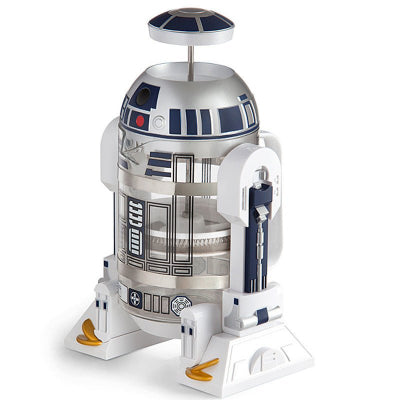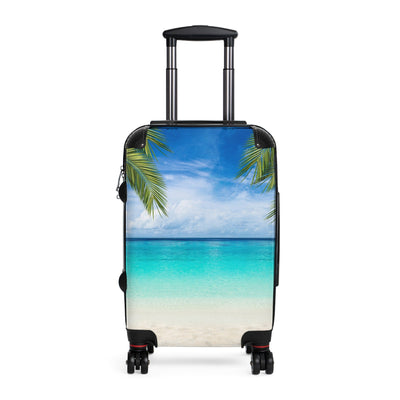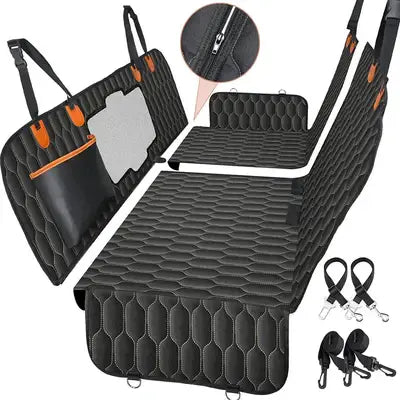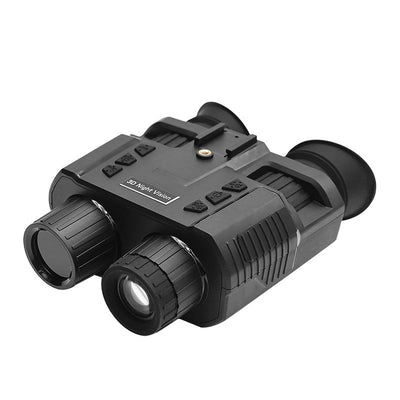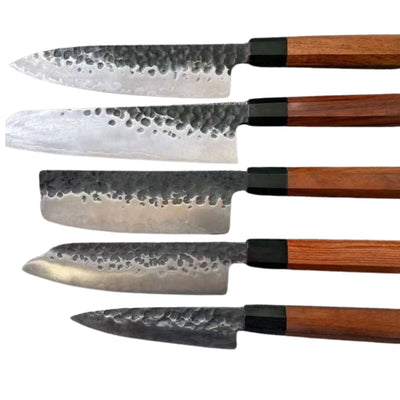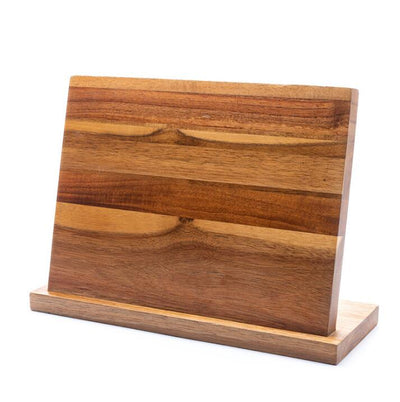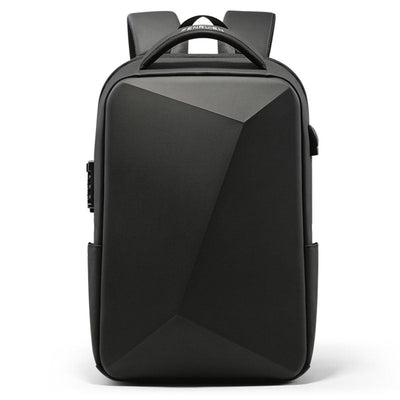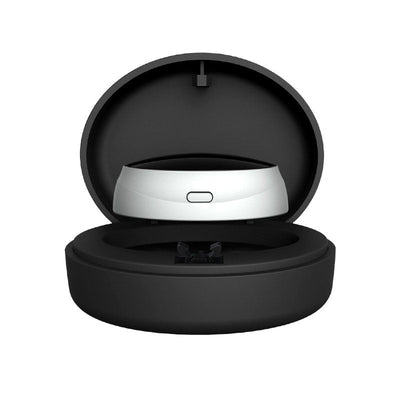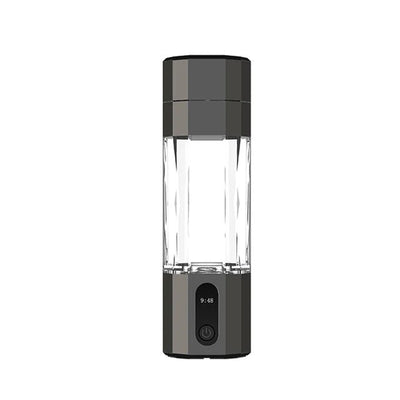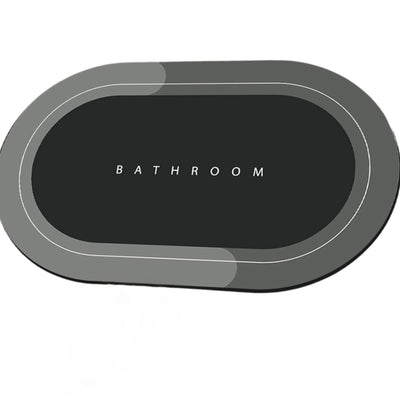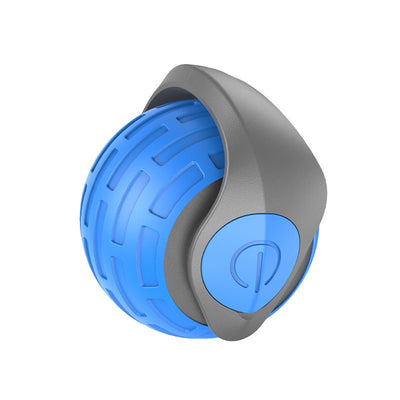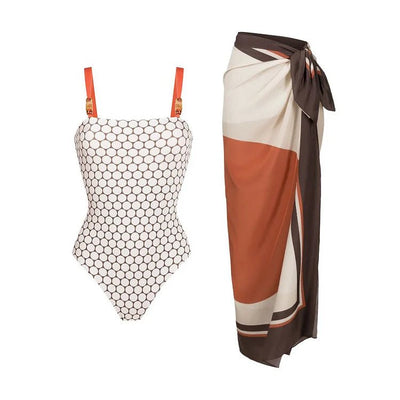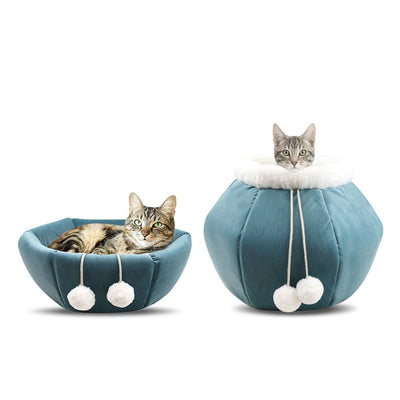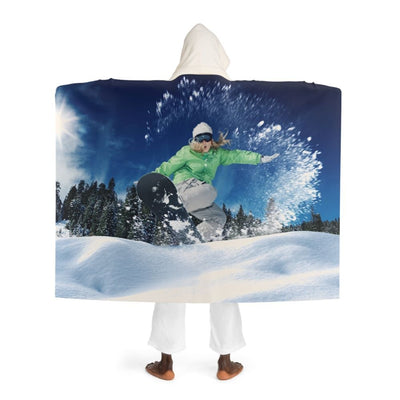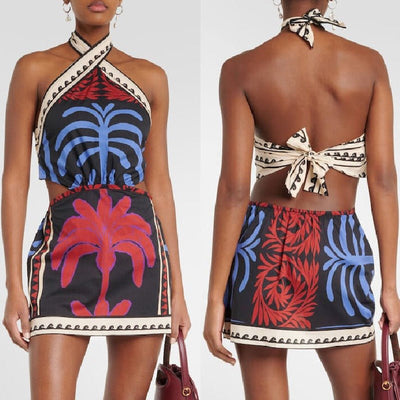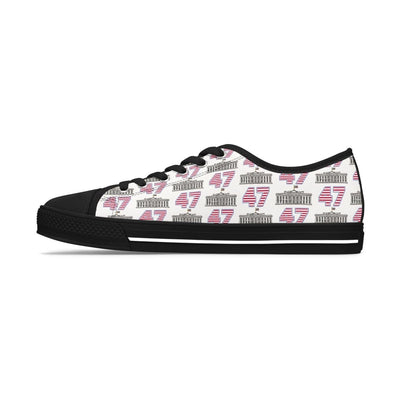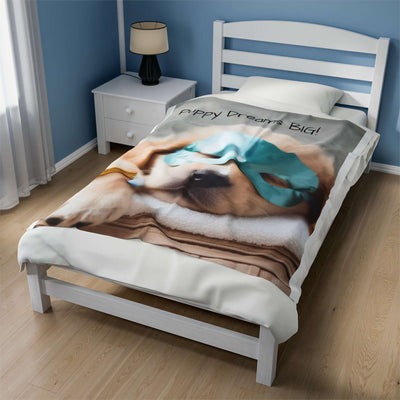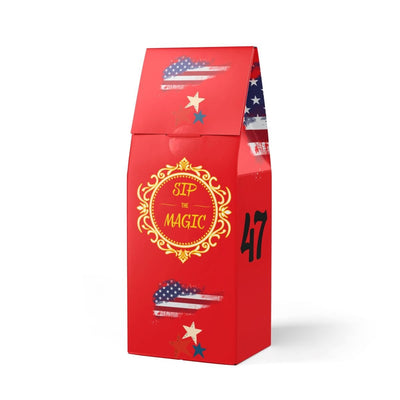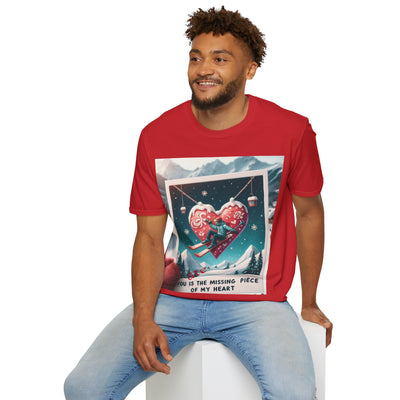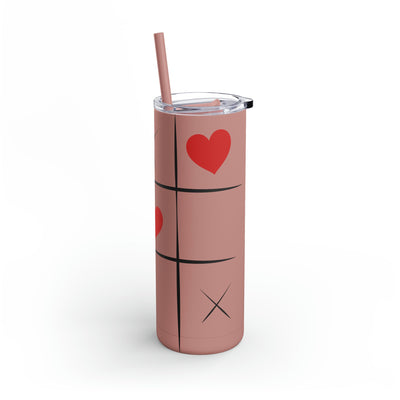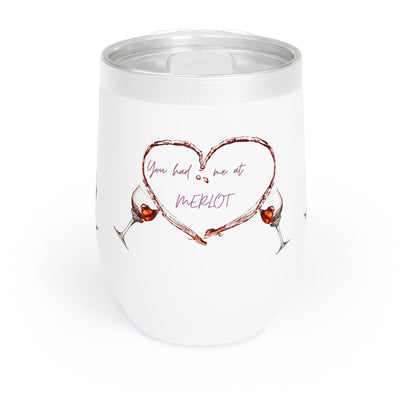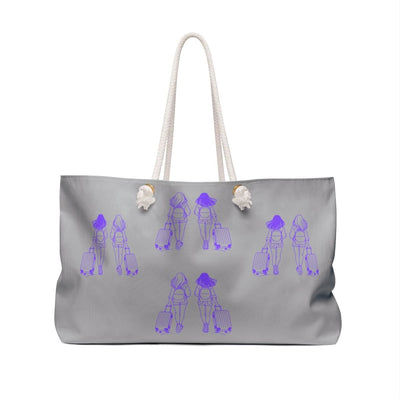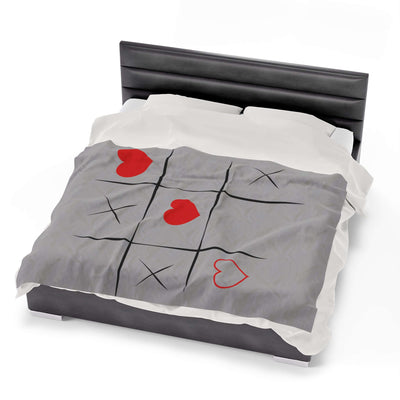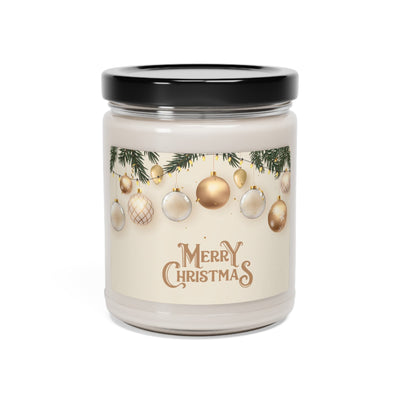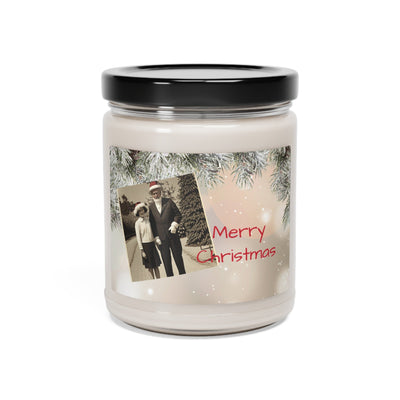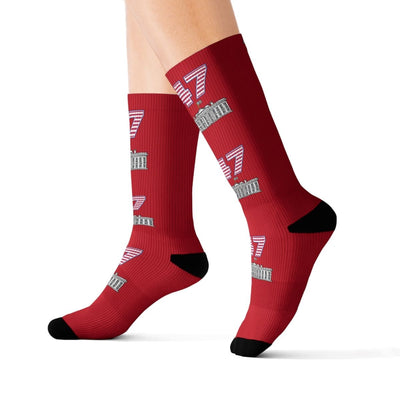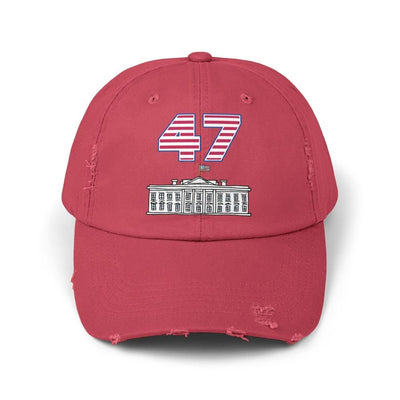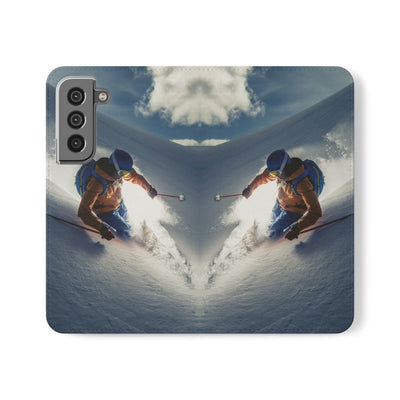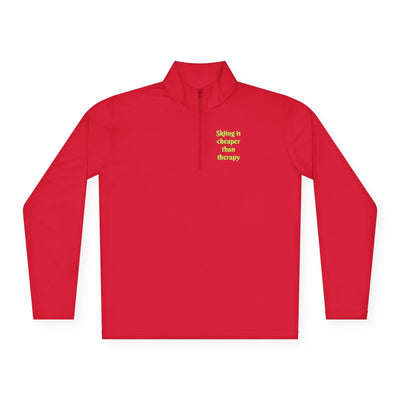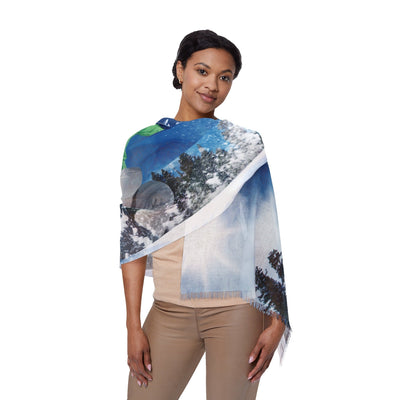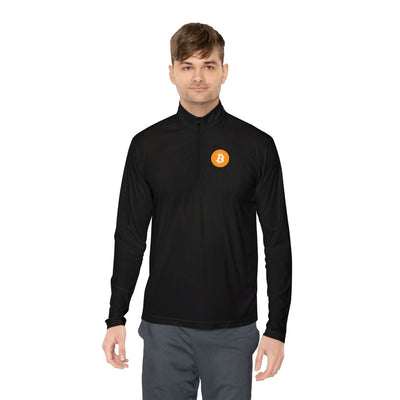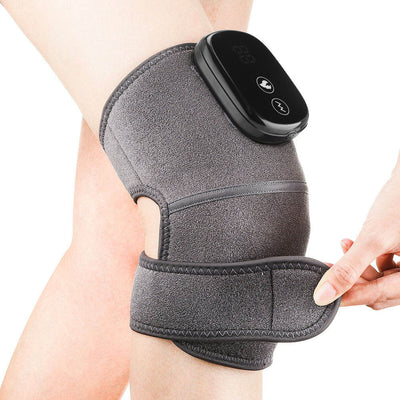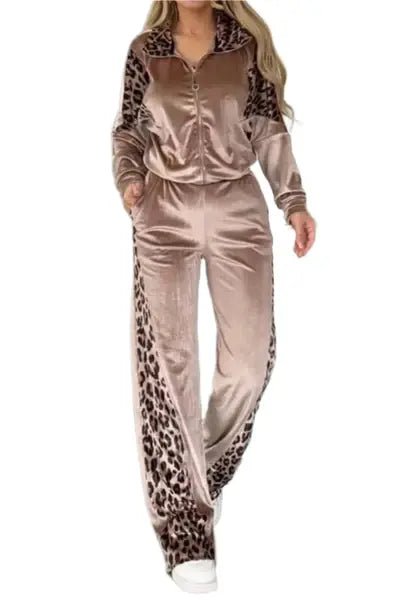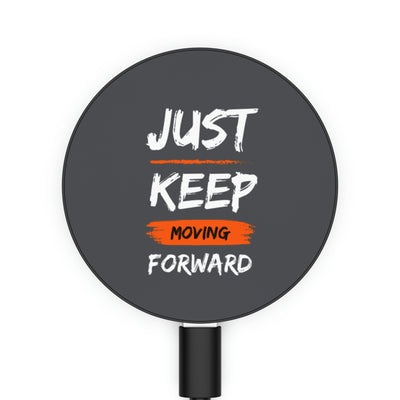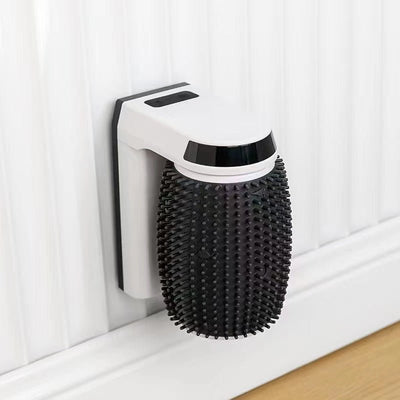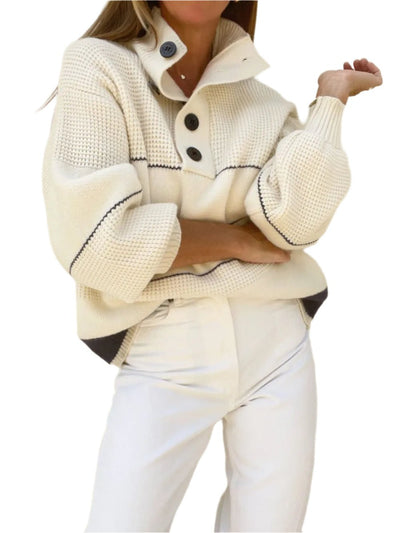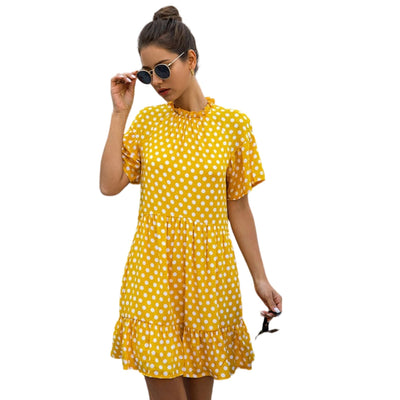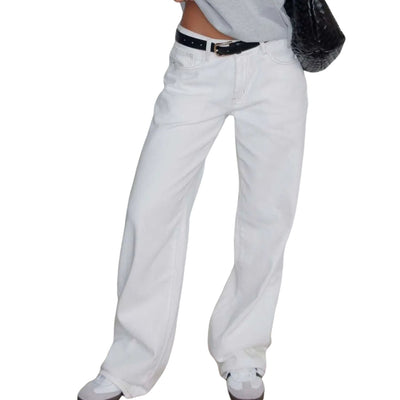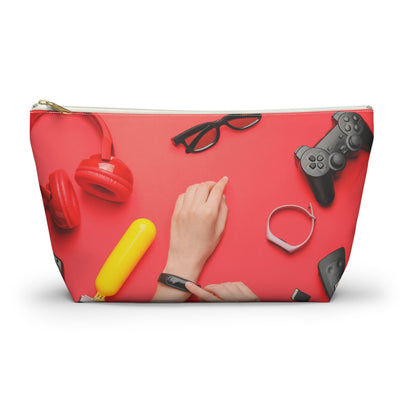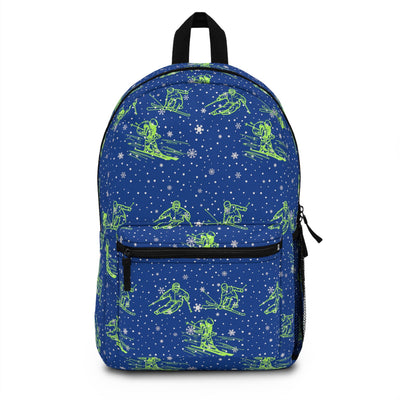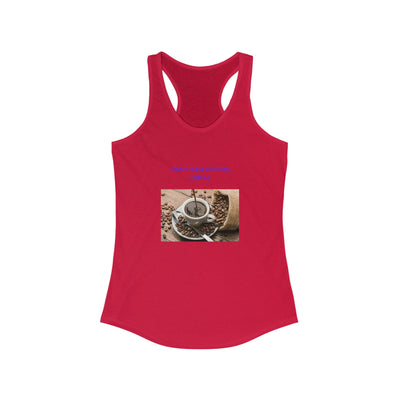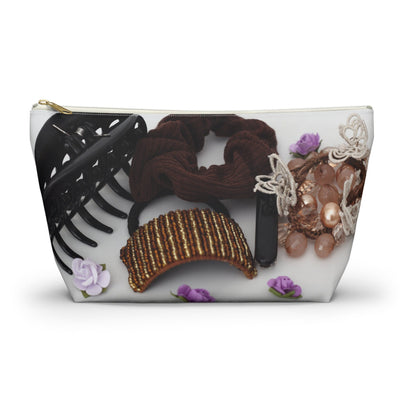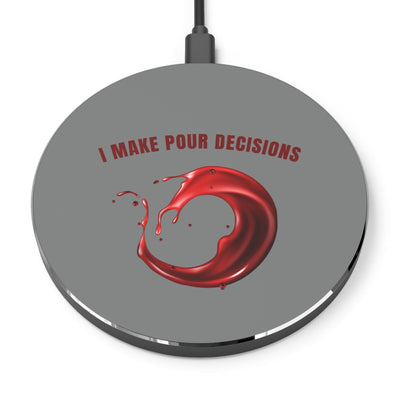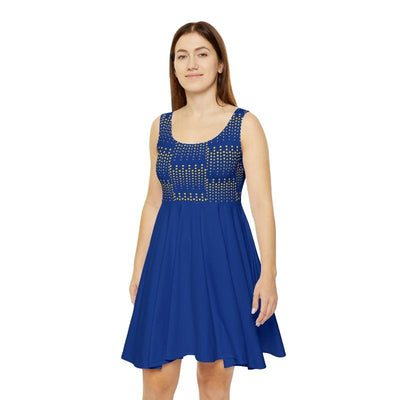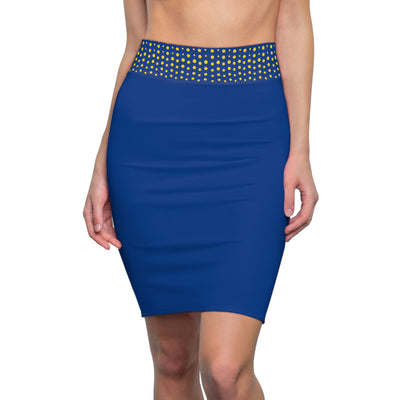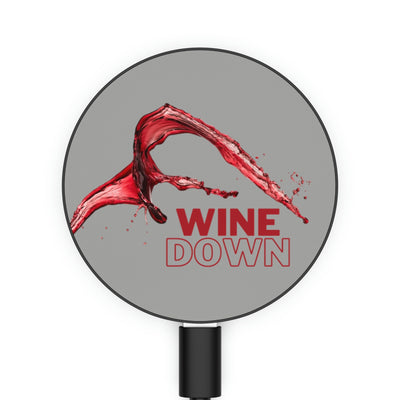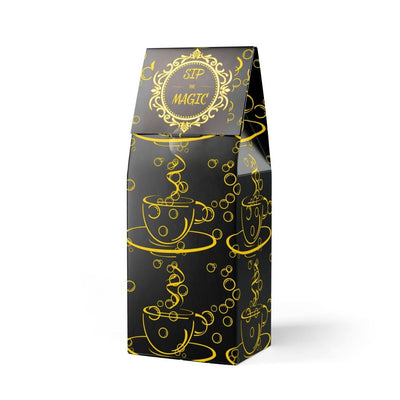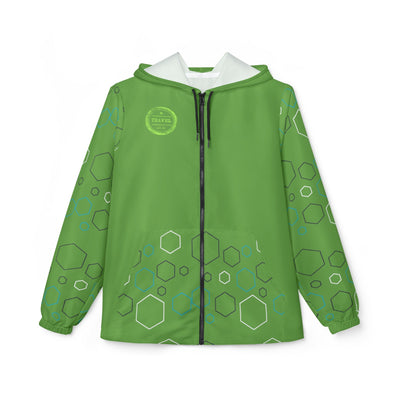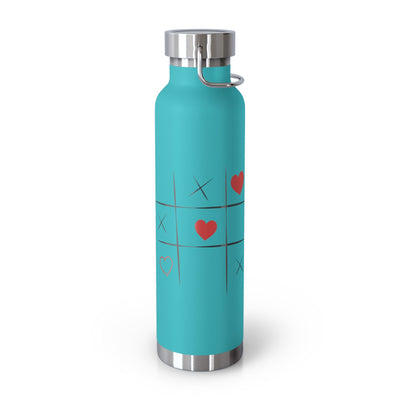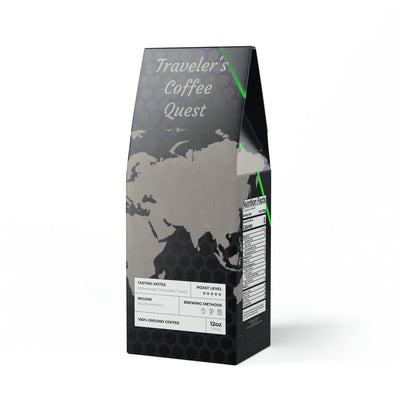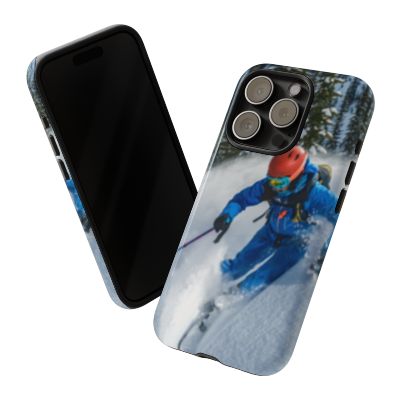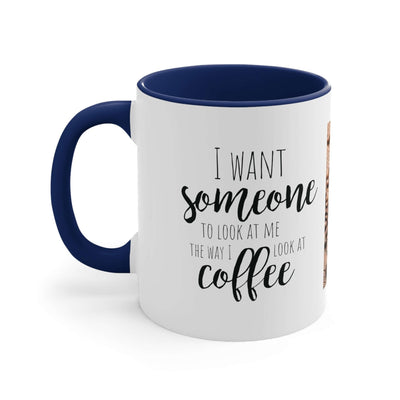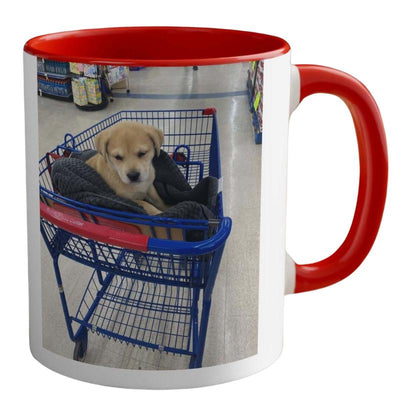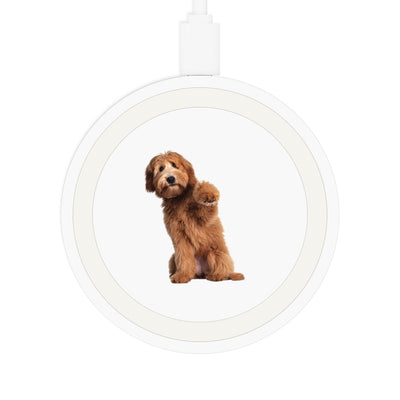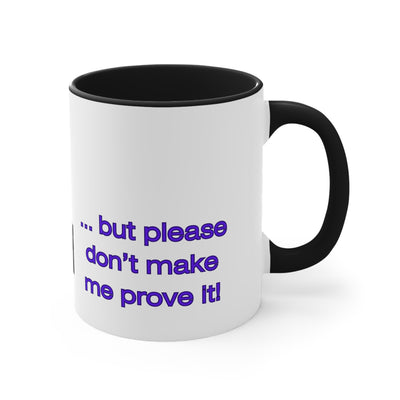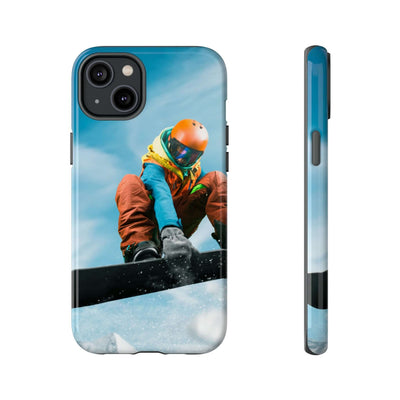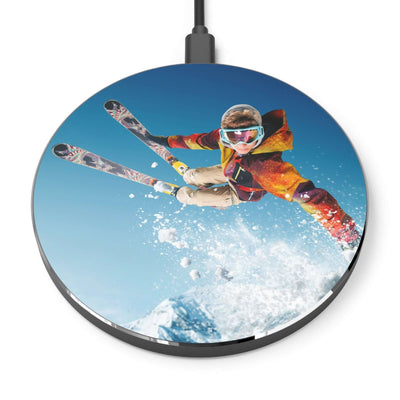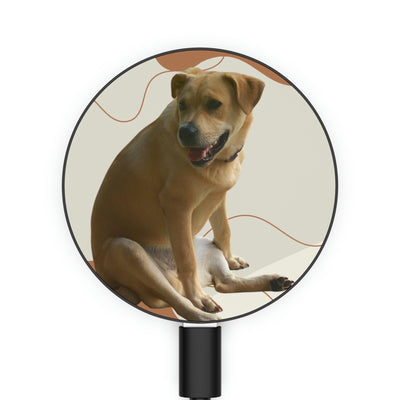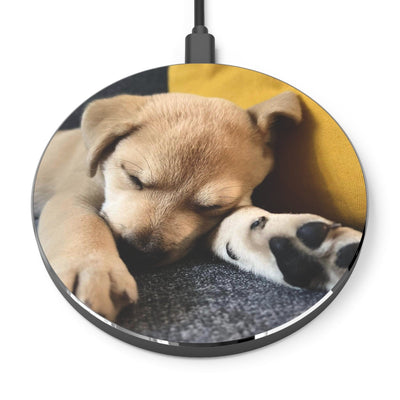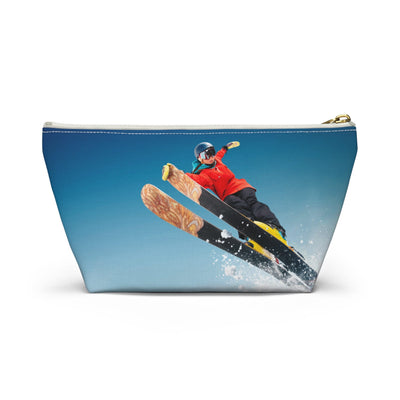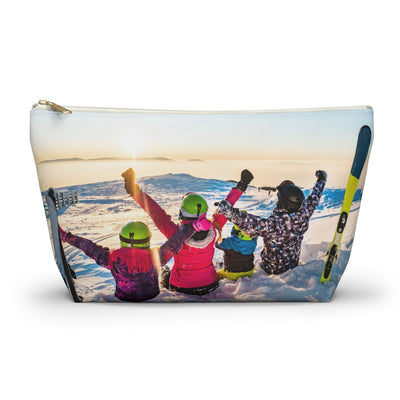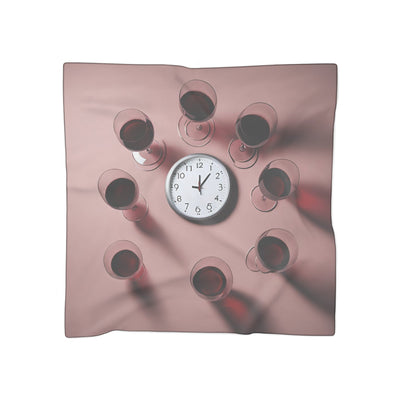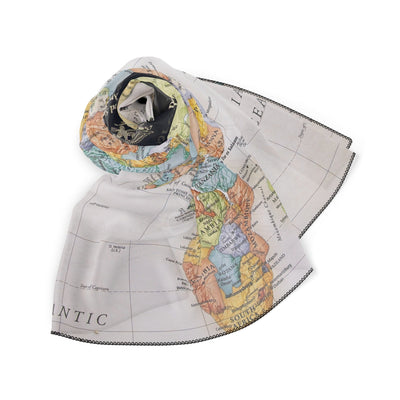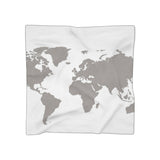When it comes to everyday products, design speaks volumes. European and US designs each have their unique charm and functionality, influenced by culture, usage, and aesthetics. In this blog, we will delve into the distinct approaches taken in these two regions, highlighting how they create unique designs that cater to various lifestyles and preferences.
The Essence of European Design: Function Meets Elegance
European design often revolves around the harmony of form and function. This section explores key characteristics such as minimalism, sustainability, and the importance of craftsmanship found in products made from Europe.
One of the hallmarks of European design is its emphasis on sustainability. In countries like Sweden, IKEA has taken the lead in creating environmentally conscious furniture that doesn’t skimp on style. What makes this approach especially interesting is its integration into everyday life. Beautifully crafted items not only serve a purpose but also reflect the values of a society that prioritizes ecological responsibility. Indeed, choosing a product from a brand like IKEA means you’re not just getting sleek aesthetics, but supporting a broader movement towards sustainability.
The rich history of design in Europe lends a timeless quality to many products. Think of how classic pieces can fit seamlessly into modern homes. From the intricate details of Italian craftsmanship to the minimalist finishes of Scandinavian styles, European designs tend to tell stories of the artisans behind them. In every line and curve, there’s a sense of pride that showcases not just functionality but a heritage that values artistry. This distinctive blend of function and elegance is what makes European designs so refreshing and sought after especially pertaining to fashion.
However, it’s not just about making things look good. European design often invests in quality materials and innovative techniques that stand the test of time. These products are designed to be functional, practical, and beautiful, which ultimately forms an inseparable bond between the user and the object. For anyone who has ever owned a piece of well-made furniture or clothing, the experience is a testament to the ethos of European design itself.
American Design: Innovation and Practicality in Everyday Life
In contrast to European styles, American design is often marked by creativity and an adaptive spirit. This section covers influences such as technology, consumer needs, and the idea of ‘bigger is better’ that resonate throughout US product design.
When we think of American innovation, brands like Best Gifter Ever come to mind. Their products reflect a blend of whimsical creativity and practicality, addressing specific consumer needs. Whether it’s gadgets that simplify everyday tasks, practical everyday products, innovative smart items, or unique gifts for special occasions, their designs are user focused. The charm of American design often lies in its willingness to experiment and push boundaries, creating items that serve a practical purpose while standing out in any environment.
Moreover, the American design ethos incorporates a sense of informality and accessibility. Unlike the often-formal aesthetics of European products, American designs celebrate a casual vibe. This openness allows for versatility, making items suitable for various lifestyles, from urban apartments to suburban homes. The result is a product style that feels personalized, welcoming, and often, fun.
Fun fact: many products in America have the catchphrase ‘Built to Last.’ This straightforward promise is extended to consumers, reinforcing a culture that values durability and reliability. The clever integration of technology is another significant factor in American design, shaping products around the demands of a fast-paced lifestyle. Whether it’s through smart home devices or multifunctional furniture, the innovative spirit is a consistent hallmark of American design.
Cultural Influences Shaping Design Choices
Understanding the cultural backgrounds that inform design preferences helps to highlight why certain products look and function the way they do in each region. This section will discuss how history, geography, and lifestyle choices shape design trends.
Culture plays a pivotal role in guiding design choices. In Europe, a long-standing tradition of craftsmanship and artistry shows up beautifully in furniture and decor. Designs are often influenced by the region’s history—think of how the Renaissance or Bauhaus movements continue to inspire modern aesthetics. Each piece carries with it echoes of a rich cultural tapestry, making European designs feel timeless and layered with meaning.
Conversely, American design is deeply intertwined with its pioneering spirit and melting pot of cultures. This unique blend results in hybrid forms that often integrate various influences—be it through color, material, or function. The fusion of different styles exemplifies how American products cater to a diverse and dynamic population. Embracing variety, American design often prioritizes personal expression, allowing consumers to reflect their identities within the products they choose.
Spotlight on Everyday Products: A Comparison
From furniture and kitchenware to fashion and technology, this section provides specific examples comparing European and US designs in everyday products, showcasing the unique features that set them apart.
Take kitchenware, for example. In Europe, brands are renowned for their minimalist yet highly functional designs. A classic European frying pan might feature a non-stick surface with elegant handles, crafted for optimal cooking. In contrast, American kitchen products often emphasize durability and versatility, with a focus on items that can handle a wide range of culinary adventures. Whether you’re flipping a pancake or stirring a hearty stew, the American design philosophy centers around practicality.
When it comes to fashion, the differences between European and American designs are as striking as their approaches to furniture. European fashion often embodies an effortless elegance. Think of the classic trench coats from London or the chic, tailored looks from Milan. These designs are not just about looking good; they tell stories of heritage and craftsmanship, where every piece reflects artistic intent. Fashion in Europe embraces minimalism in a way that emphasizes quality over quantity, seamlessly blending timeless styles with modern aesthetics.
On the flip side, American fashion thrives on creativity and individuality. It’s vibrant, bold, and often playful. Streetwear and casual styles dominate the scene, allowing people to express themselves through unique combinations and trends. Brands like Levi’s and Ralph Lauren have become staples, showcasing a design ethos that values comfort and versatility—perfect for those always on the go. This approach promotes a relaxed confidence, appealing to a wide demographic and layering in influences from diverse cultural backgrounds.
While European designs may prioritize tradition and refinement, American fashion celebrates innovation and adaptability. The exciting part is how these two styles are beginning to intertwine. With cross-cultural influences shaping trends, we are seeing collaborative collections that merge European sophistication with American whimsy. Imagine a structured blazer paired with a graphic T-shirt—it’s the best of both worlds.
In the end, whether you find yourself drawn to the sleek lines of a European designer or the carefree spirit of American outfits, there’s something uniquely appealing in each that resonates with today’s diverse fashion landscape. Finding your personal style can be as easy as blending these influences, allowing you to curate a wardrobe that reflects your individuality.
The Future of Design: Bridging Transatlantic Trends
As globalization continues to influence design, this section speculates on emerging trends that blend European sophistication with American innovation, likely leading to a new hybrid style that caters to a wider audience.
The future of design is looking increasingly exciting as we see cross-cultural collaborations become the norm. New trends draw from both European elegance and American ingenuity, creating opportunities for products that provide the best of both worlds. Imagine furniture that boasts the clean lines of Scandinavian styles yet offers the functionality and comfort that American designs are known for. The merging of ideas signifies a shift where function meets artistry, leading to unique designs that appeal to a global market.
When it comes to American designs, one of the most exciting trends is how technology is stepping in to make our everyday lives a lot easier. With smart technologies seamlessly integrated into our daily tools and gadgets, tasks that used to feel mundane are now becoming more manageable and efficient, allowing us to save precious time.
Imagine waking up to a clean and fresh home, all thanks to an automated cat litter box that takes care of your feline friend’s needs. Just like smart appliances that brew coffee or adjust the thermostat, these clever devices are revolutionizing the way we manage pet care. They’re designed to embrace convenience while reflecting the charm of both European craftsmanship and American innovation.
With smart technology, these litter boxes often come with sensors that detect when your cat has finished their business, automatically scooping waste into a separate compartment. This means no more scooping or dealing with odors throughout the day. Imagine the harmony of form and function, keeping your home smelling fresh while giving your cat the comfort they deserve.
As we embrace the blending of technologies across the ocean, the experience of ownership becomes even more enriching. Some designs come with companion apps that notify you when the litter needs changing or when it’s time to restock supplies, all while offering real-time insights into your cat’s habits. It’s a beautiful marriage of innovation and aesthetics, turning a mundane chore into a hassle-free part of your daily routine.
In the realm of home organization, products equipped with smart technology are popping up everywhere. From robotic vacuum cleaners that do the sweeping for you to smart assistants that can manage your grocery lists or remind you of appointments, the integration of these technologies is inspiring a new wave of products designed to help us efficiently manage our households.
With the emphasis on creativity and user experience, American design continues to fuse intelligent technology with everyday items. As these advancements evolve, we can expect even more innovative solutions that help streamline our lives. By embracing smart technologies, American designs not only cater to consumer needs but also offer exciting possibilities for a future where our homes and everyday tasks are effortlessly interconnected, making the most out of our precious time.
Final Thoughts on Unique Design
In conclusion, both European and US designs offer rich and diverse perspectives on functionality and aesthetics. While Europe often leans towards minimalism and timeless elegance, the US tends to embrace innovation and practicality. Understanding these differences not only enriches our appreciation for design but also allows us to make more thoughtful choices in our everyday lives. Whether you prefer the sleek lines of European craftsmanship or the boldness of American ingenuity, there’s a unique design for everyone. For more unique and innovative products, check out Best Gifter Ever, Yanko Design and Creativepool.








